advice on old shellacked woodwork
melissastar
12 years ago
Related Stories

DECORATING GUIDES10 Design Tips Learned From the Worst Advice Ever
If these Houzzers’ tales don’t bolster the courage of your design convictions, nothing will
Full Story
KITCHEN DESIGNSmart Investments in Kitchen Cabinetry — a Realtor's Advice
Get expert info on what cabinet features are worth the money, for both you and potential buyers of your home
Full Story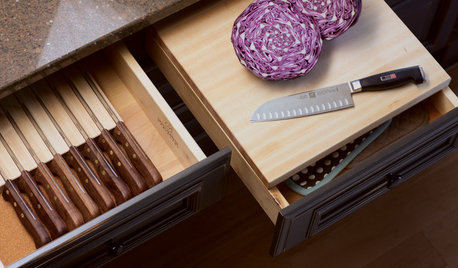
KITCHEN STORAGEKnife Shopping and Storage: Advice From a Kitchen Pro
Get your kitchen holiday ready by choosing the right knives and storing them safely and efficiently
Full Story
REMODELING GUIDESContractor Tips: Advice for Laundry Room Design
Thinking ahead when installing or moving a washer and dryer can prevent frustration and damage down the road
Full Story
COLORWake Up Your Woodwork With Black
Strike a dramatic note with black window frames, shelves, stairs and more, making features stand out or blend in
Full Story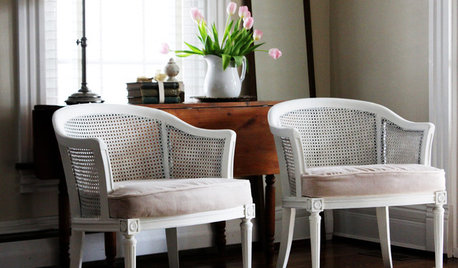
BUDGET DECORATINGBudget Decorator: 8 Ways to Make Old Furniture Look Brand New
Learn stripping, staining, painting and reupholstering basics to make bargain-basement furniture worthy of center stage at home
Full Story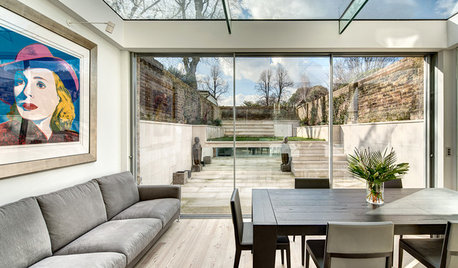
HOMES AROUND THE WORLDHouzz Tour: Luxe Materials and Glass Give an Old House New Life
An unloved Victorian is brought into the 21st century with clever reconfiguring, a pale palette and lots of light
Full Story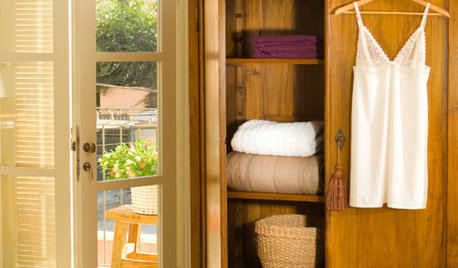
FURNITURE12 Ways to Use a Good Old Armoire
Add a Hutch for Instant Storage and Style in All Kinds of Places
Full Story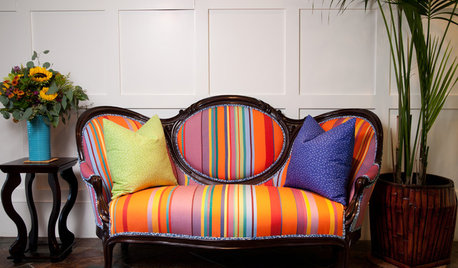
UPHOLSTERYThe Perks and Perils of Reupholstering Old Furniture
Secondhand upholstered pieces can add character to a room, but beware of bugs, snakes and hidden costs
Full Story
HOUZZ TOURSMy Houzz: Sophisticated, Old-World Charm for a Dallas Rambler
Warm wood tones and secondhand finds shine in this first-time homeowner’s home
Full Story








brickeyee
melissastarOriginal Author
Related Professionals
El Dorado Hills Kitchen & Bathroom Designers · El Sobrante Kitchen & Bathroom Designers · Owasso Kitchen & Bathroom Designers · Bay Shore Kitchen & Bathroom Remodelers · Bethel Park Kitchen & Bathroom Remodelers · Camarillo Kitchen & Bathroom Remodelers · Chester Kitchen & Bathroom Remodelers · Jefferson Hills Kitchen & Bathroom Remodelers · Lakeside Kitchen & Bathroom Remodelers · Vienna Kitchen & Bathroom Remodelers · Clayton Architects & Building Designers · Dania Beach Architects & Building Designers · Gladstone Architects & Building Designers · North Bergen Architects & Building Designers · Schiller Park Architects & Building Designersold_house_j_i_m
melissastarOriginal Author
sombreuil_mongrel
old_house_j_i_m
brickeyee
old_house_j_i_m
brickeyee
badgergrrl
old_house_j_i_m
melissastarOriginal Author
sombreuil_mongrel
brickeyee
melissastarOriginal Author
sombreuil_mongrel
brickeyee